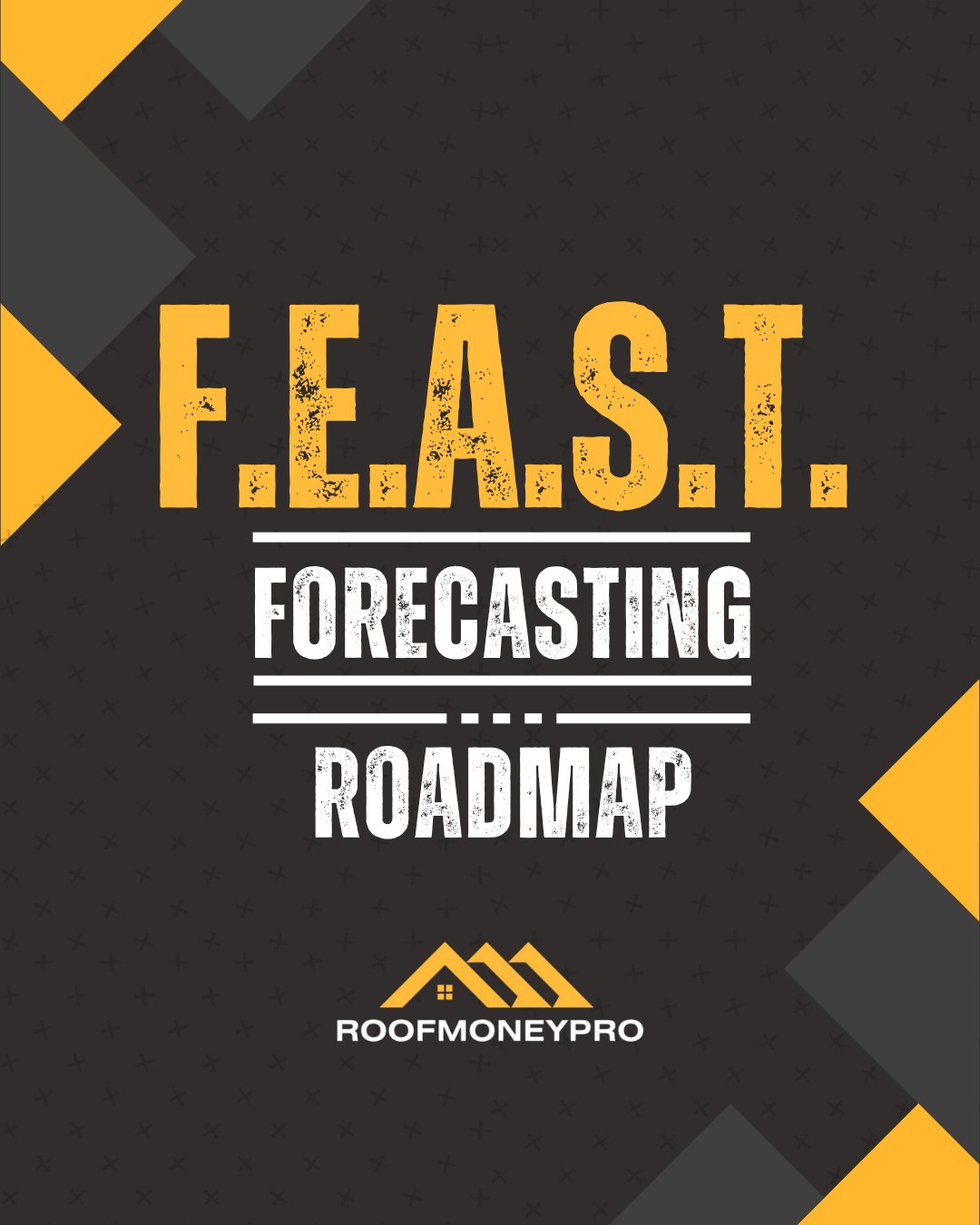How to Build a Simple Budget You’ll Actually Stick To
Oct 23, 2025
Ever started a budget with good intentions, only to abandon it two weeks later? You’re not alone—over 70% of people quit their budget within 90 days! The problem isn’t you—it’s the way most budgets are built.
In this guide, I’ll show you how to create a budget that’s simple, flexible, and actually works with your lifestyle. No complicated spreadsheets.
No guilt trips. Just real, actionable steps you can stick to.
Quick Summary:
- Why budgets fail
- The mindset shift that makes budgeting easier
- Step-by-step plan to create a stick-to-it budget
- Tools and methods that keep it simple
- How to adjust and stay consistent long term
Why Most Budgets Don’t Work
Look, I've seen hundreds of people try to budget over the years, and most quit (myself included) within the first month. The problem? They're using systems that were set up to fail from the start.
Most budgeting templates you find online have like 47 different categories.
You're supposed to track "miscellaneous household items" separate from "personal care" separate from "entertainment." Who has time for that? When your budget feels like a part-time job, you're gonna ditch it real quick.
The other issue is rigidity. Life happens—your kid needs new shoes, the car breaks down, or you just want pizza on a Friday night. If your budget doesn't bend, it'll break. I've watched too many people give up entirely because they went $12 over on groceries one week and felt like failures.
Here's the truth: perfection kills progress every single time.
You don't need a flawless budget—you need one that works with your actual life and spending habits, not some fantasy version where you never eat out or have unexpected expenses.
Want to take your budgeting to the next level? Our complete budgeting guide covers advanced strategies for managing variable commission income like a pro.
The Mindset Shift: Progress, Not Perfection
This is where everything changes. Stop thinking about budgeting as punishment for being bad with money. That mindset is toxic and it won't last.
Your budget should feel like freedom, not handcuffs. When you know exactly where your money's going, you stop that 2 AM panic about whether you can afford something. You're in control, and that's powerful.
Forget quick fixes and those "save $10,000 in 6 months" challenges unless you're making serious income.
Focus on building habits that stick—small wins that actually create momentum. Maybe you track spending for just one week. That's progress. Maybe you save $50 this month when you saved nothing last month. Celebrate that.
A budget only works if your mindset supports it. Stop self-sabotaging and start building wealth by mastering the mental game of money in roofing sales.
The people who win with money management tips aren't the ones who do everything perfect—they're the ones who keep showing up even after they mess up. That's the real secret to financial freedom through budgeting.
Step 1: Know Your Income and Expenses
You can't budget what you don't know. Sounds obvious, but most people are guessing at their spending, and those guesses are usually way off.
Pull up your bank statements and track your last 30 days of spending. Every dollar. Yes, even that $4 coffee. You're not judging yourself here—you're just gathering data. This is how you spot unnecessary spending patterns you didn't even realize existed.
Next, separate your fixed vs variable expenses. Fixed expenses are things like rent, car payments, insurance—stuff that stays the same each month. Variable expenses bounce around—groceries, gas, entertainment. Knowing the difference helps you see where you actually have control.
And calculate your true take-home pay after taxes, not your salary. If you make $60k a year, you're not bringing home $5,000 a month. Factor in what actually hits your account, because that's your real starting point for any personal budget plan.
Step 2: Build a Simple Framework (50/30/20 Rule or Similar)
The 50/30/20 rule is my go-to for beginners because it's stupid simple. 50% of your take-home pay goes to needs—rent, utilities, groceries, transportation. 30% goes to wants—eating out, hobbies, subscriptions. And 20% goes to savings goals and debt payoff.
Fewer budget categories means easier tracking. You're not splitting hairs over whether Spotify is entertainment or personal development. It's a want. Done.
Now, if you've got variable income like commission or freelance work, adjust these percentages during your lean months. Maybe you do 60/20/20 when money's tight, then catch up on savings when you have a good month. The framework stays, but you're flexible within it.
This is what separates realistic budgeting guide approaches from those rigid systems that make you quit. Life isn't static, so your budget shouldn't be either.
Step 3: Pick a System That Matches Your Style
There's no one-size-fits-all here, and that's actually good news. You need a budgeting system that fits how your brain works.
The cash envelope system is old school but it works if you need that physical reminder. You literally put cash in envelopes labeled "groceries," "gas," "fun money." When it's gone, it's gone. Great for discipline.
Zero-based budgeting means every dollar gets assigned a job before the month starts. Your income minus all your planned expenses and savings should equal zero. It's detailed but powerful for people who like control.
For budgeting with variable income, percentage-based budgeting is your friend. Instead of fixed dollar amounts, you're working with percentages that scale up or down with what you actually make.
And don't overthink the tools—budgeting apps, spreadsheets, or pen and paper all work. I've seen people crush their goals with a notebook. Pick what you'll actually use, not what looks impressive.
Step 4: Automate What You Can
This step is honestly a game-changer. Automate savings and bill payments so you're not relying on willpower every month.
Set up automatic transfers the day after payday. Money goes straight to savings, retirement accounts, and debt payoff before you even see it. This prevents lifestyle creep—that sneaky thing where you earn more but somehow save less because spending expands to fill the space.
I recommend using multiple bank accounts to pre-budget your money.
One account for bills and essentials, one for variable spending, one for savings. When your spending money is separate from essentials, you're way less likely to accidentally use rent money on impulse purchases.
The goal is to remove friction from doing the right thing and add friction to doing the wrong thing. When saving is automatic, it just happens. That's how you build consistency.
Step 5: Build in Fun Money (So You Don't Quit)
Here's where most budgeting for beginners advice gets it wrong—they tell you to cut everything fun. No eating out, no hobbies, no treats. That's miserable, and you're gonna quit.
Set aside guilt-free spending every month. Maybe it's $100, maybe it's $300—whatever fits your situation. This is money you can blow on whatever you want without tracking or justifying it.
Why does this work? Because restriction without release always backfires. It's like crash dieting—you white-knuckle it for three weeks, then binge and give up entirely.
Fun money keeps you consistent long-term.
When you know you've got money set aside for wants, you don't feel deprived. You're way more likely to stick to a budget that lets you live a little than one that makes you feel broke even when you're not.
Step 6: Review and Adjust Monthly
Your monthly budget review is where the magic happens. Block out 30 minutes at the end of each month and look at what actually went down.
Look for overspending trends without judgment. If you went over on groceries three months in a row, maybe your grocery budget is just too low for reality. Tweak categories instead of quitting entirely.
Revisit your bigger goals every 90 days. Are you still trying to pay off that credit card, or has your priority shifted to building an emergency fund? Your budget should reflect where you actually are, not where you were six months ago.
And accountability partners make a huge difference—whether it's your spouse, a friend, or even a financial coach. When you know someone's gonna ask how your month went, you're more likely to stay on track. It's just human nature.
Common Budgeting Mistakes To Avoid
The biggest budgeting mistake I see? Forgetting irregular expenses like car repairs, holidays, and annual subscriptions. You think your month is going great, then bam—$800 for new brakes you didn't plan for.
Set aside money every month for these irregular hits. Even $50 a month builds a buffer that keeps you from derailing your whole debt payoff plan when life happens.
Another one: not aligning your budget with goals. If your goal is to buy a house in two years but your budget has zero savings for a down payment, something's gotta give. Your spending plan should directly support what you're working toward.
And please, stop treating the budget as fixed instead of flexible. If something isn't working after two months, change it. The best budgeting system is one that evolves with you, not one you're white-knuckling through.
Your Budget = Your Freedom
The best budget is the one you'll stick to—not the most complicated or the most "perfect." Start small, keep it flexible, and focus on progress over perfection.
When you treat your personal budget plan as a tool for freedom instead of punishment, everything shifts. You're not restricting yourself—you're giving yourself permission to spend on what matters while building the future you want.
Money management doesn't have to be complicated. Track your spending, build a simple framework, automate what you can, and review regularly. That's it. Those practical budgeting tips will take you further than any fancy system that you'll quit in three weeks.
Your budget should work for your life, not the other way around. Start building your simple budget plan today—and actually stick with it this time.


